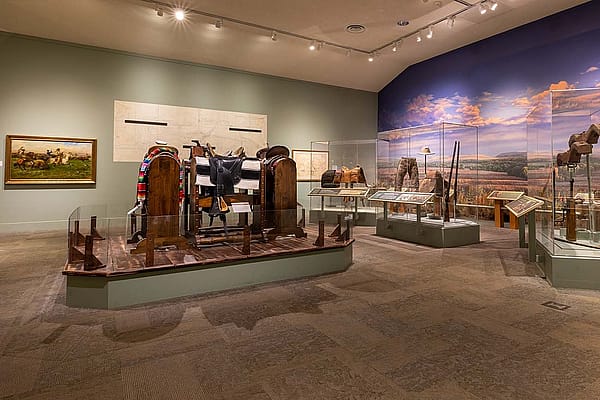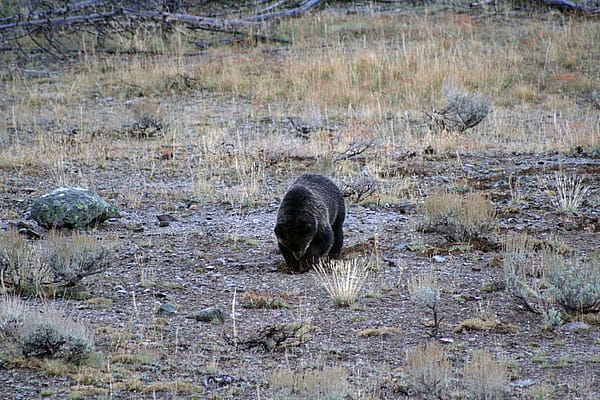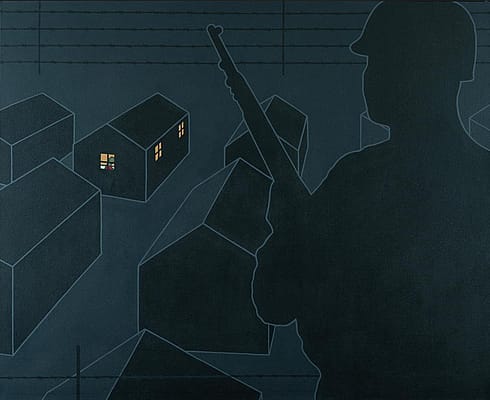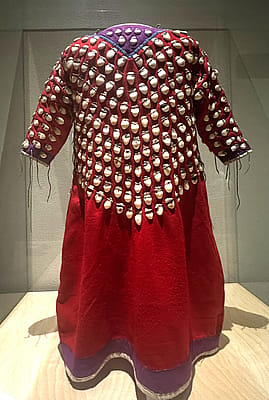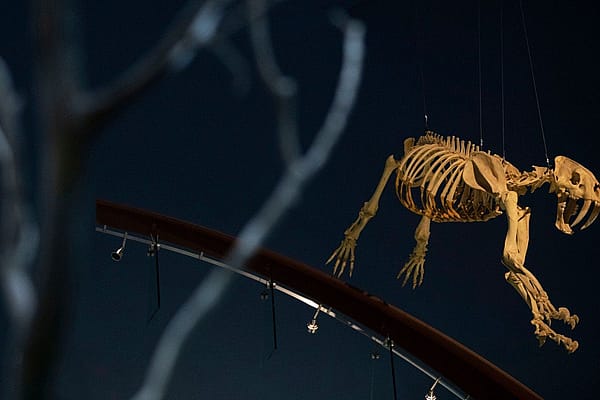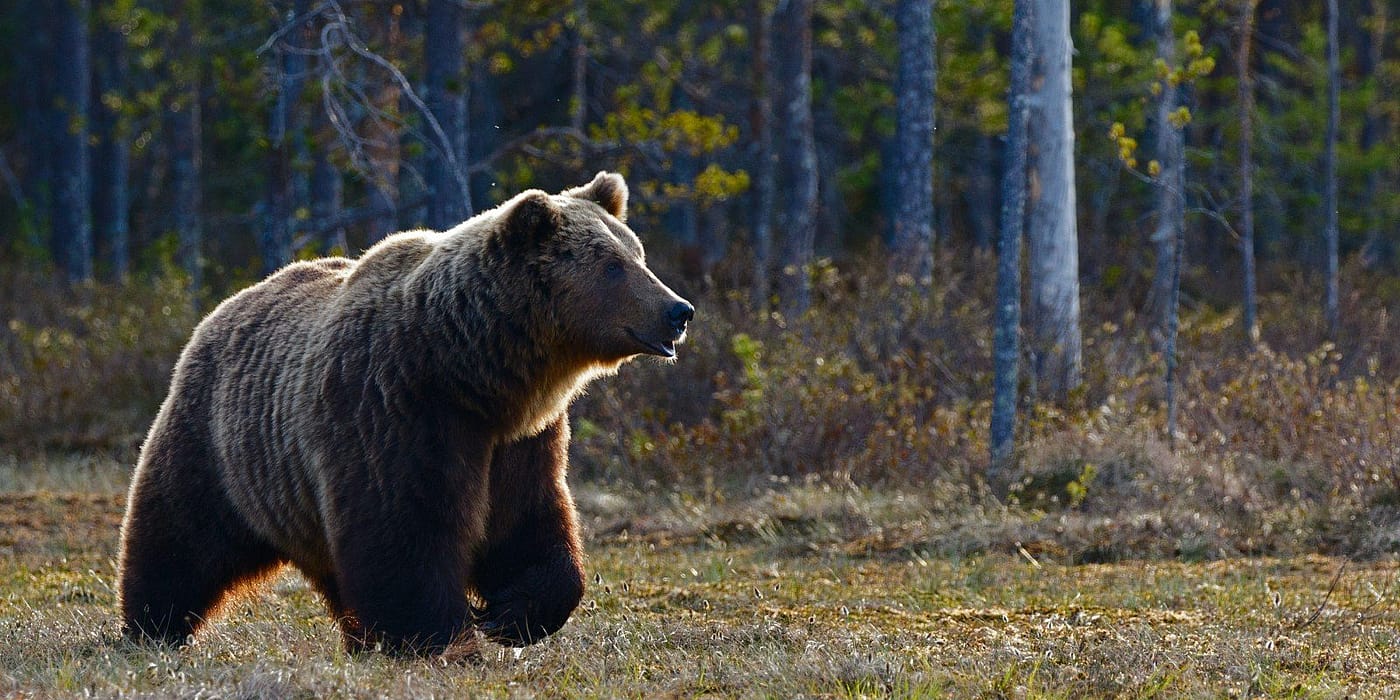
Bear Country Bare Necessities
Although appearing as cuddly as their toy store counterparts, wild bears are not to be played with. Being safe in bear country is critical. After all, when visiting nature, you are the guest, and the goal is to not disturb wildlife. The Buffalo Bill Center of the West offers a Bear Aware program to brush up on the bear necessities, and our US Forest Service presenter Megan Szust had plenty of insight to share on identification, safety, and tips to remember.
Bear Identification
Knowing the difference between the types of bears is foundational to staying safe. Black bears tend to be more timid, whereas their grizzly counterparts are more aggressive. Either bear could be prompted to attack depending on the situation.
Though counterintuitive, color is not the best indicator of species. Black bears and grizzlies can range widely in color. Megan finds that the biologists she works with will often look to face shape and shoulder hump to identify bears. Below is a chart highlighting the differences between the species, though nothing is fool proof, and several factors could sway your assessment.
| Black Bear | Grizzly Bear |
| Small shoulder hump | Pronounced shoulder hump |
| No facial slope – has a straight profile | Facial slope – profile almost like a dish |
| Longer and more pointy ears | Round short ears |
| Claws usually less than 2 inches | Claws around 2 – 4 inches |
| In tracks, toes are more separated and curve across paw pad | In tracks, toes are closer and less curve across paw pad |

Grizzly Bear 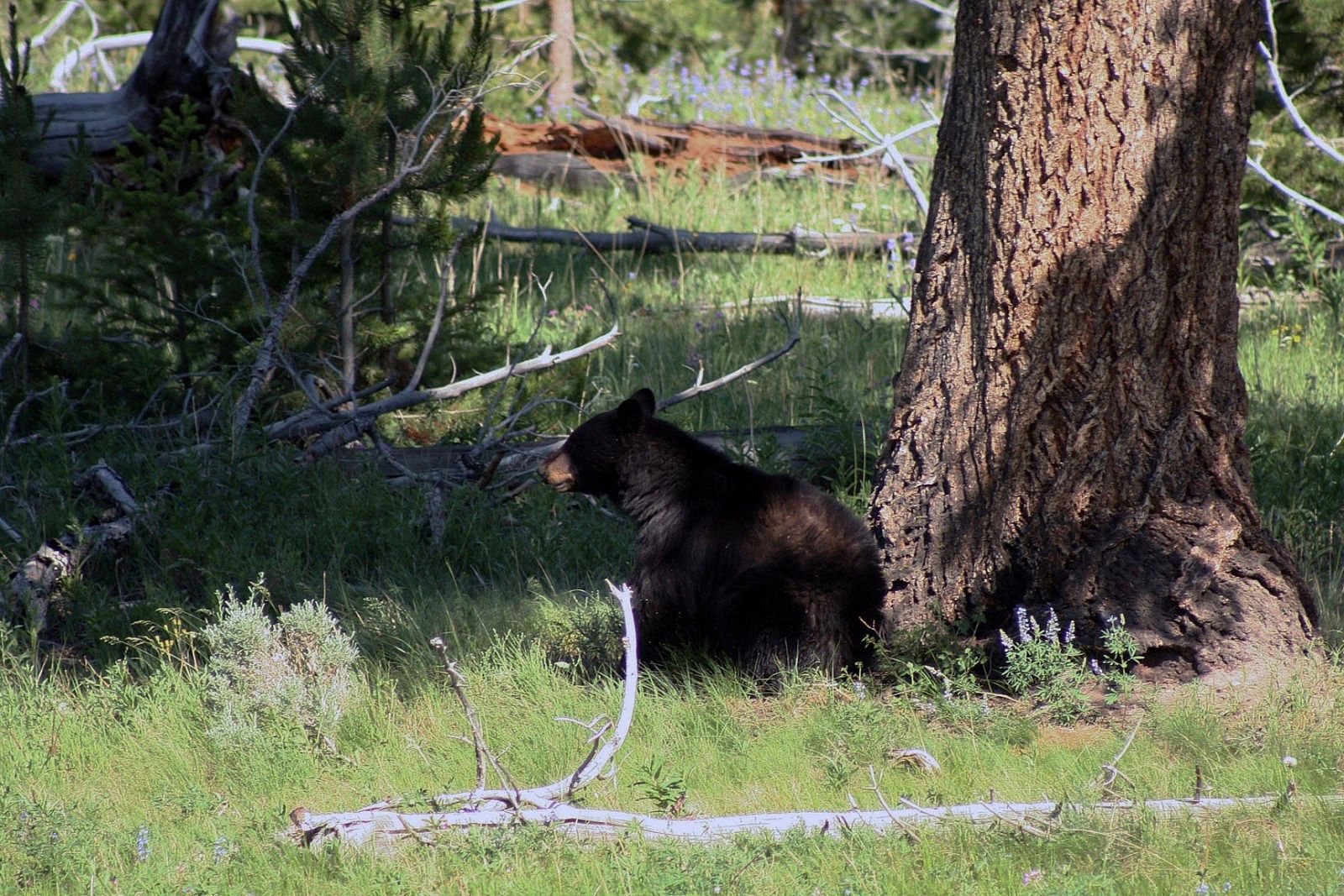
Black Bear
Hopefully, bears encountered are more than 100 yards away and might be difficult to distinguish. If it just seems too difficult to identify the bear, Megan offered this advice, “Use your precautions and you’ll be okay.” Try the Bear Smart quiz to test your skills identifying black and grizzly bears.
Minimizing Chances of Dangerous Bear Encounters
Maintaining bear awareness includes two components. One is recognizing bear activity signs in their habitat. Tree scratches, overturned rocks, scat, or day beds indicate a bear in the area. Monitor surroundings for carcasses, spawning fish and berry patches as they are a bear’s buffet — try to avoid being put on the menu.
The other part is to minimize interest in your camp. When camping, store food in bear proof lockers and deposit trash in bear safe dumpsters. Consider purchasing a bear proof container or leaving items in a hard-sided vehicle. If camping in back country or if there is no access to bear proof storage, pull out your rope. Suspend food 10 feet in the air, 4 feet away from side support (side support being anything a bear could climb up to reach out and grab your food).
Toiletries are another item that needs to be stored away from bears as the scents can attract them as well.
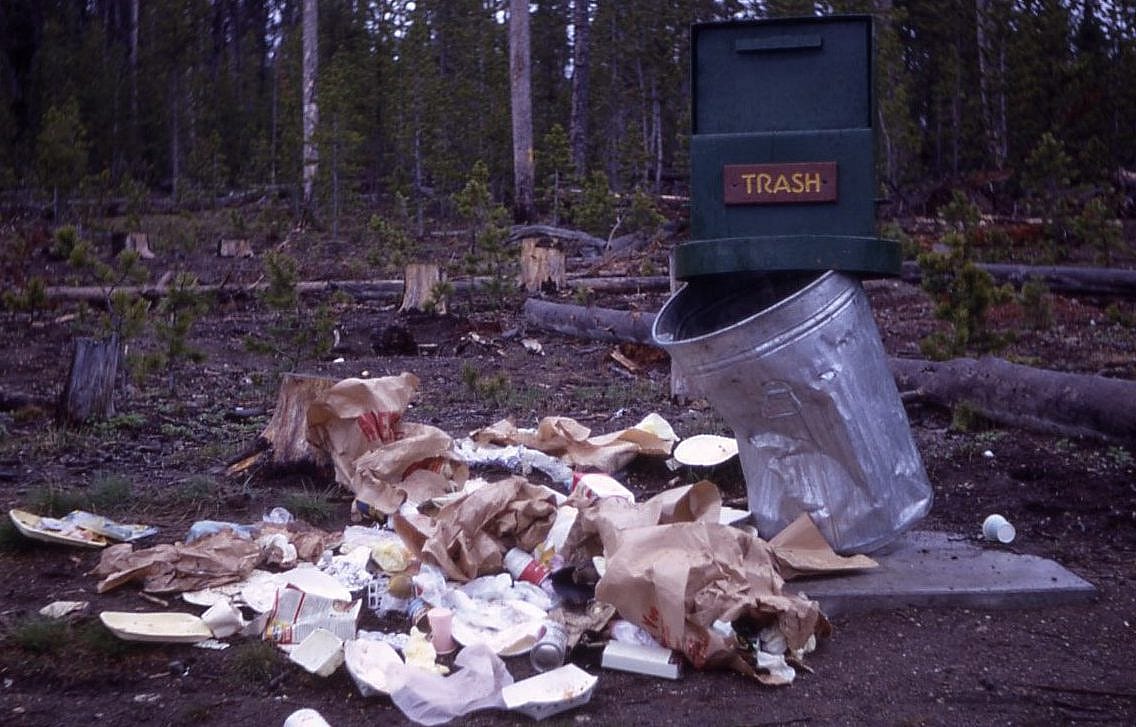
Cook and store food at least 100 yards from your tent and if possible, tents should be upwind from food areas. Travel with 3+ people and make noise or periodically yell “hey bear!” to alert bears of your presence.
Having bear spray accessible for everyone in your party is key. Even when taking a quick trip to the bathroom or going just a few feet away from the campsite, spray should be easily accessible on your person. Even for pros like Megan, she urges carrying bear spray to go even 30 feet away from camp. For a bear spray usage demonstration check out this video from Yellowstone Forever.
Danger on the Horizon
So you have been bear aware, watched your environment, and kept a clean camp. But 200 yards ahead is a big fluff of a bear meandering along the trail. The bear is a safe distance away, but if the bear becomes aware of your presence — or you decide it is time to get away — take careful steps. Resist running, maneuver slowly, attempt going around the bear with a wide berth, move sideways to keep the bear in your line of sight, and speak softly. If a detour or leaving the area is impossible, wait until the bear leaves.
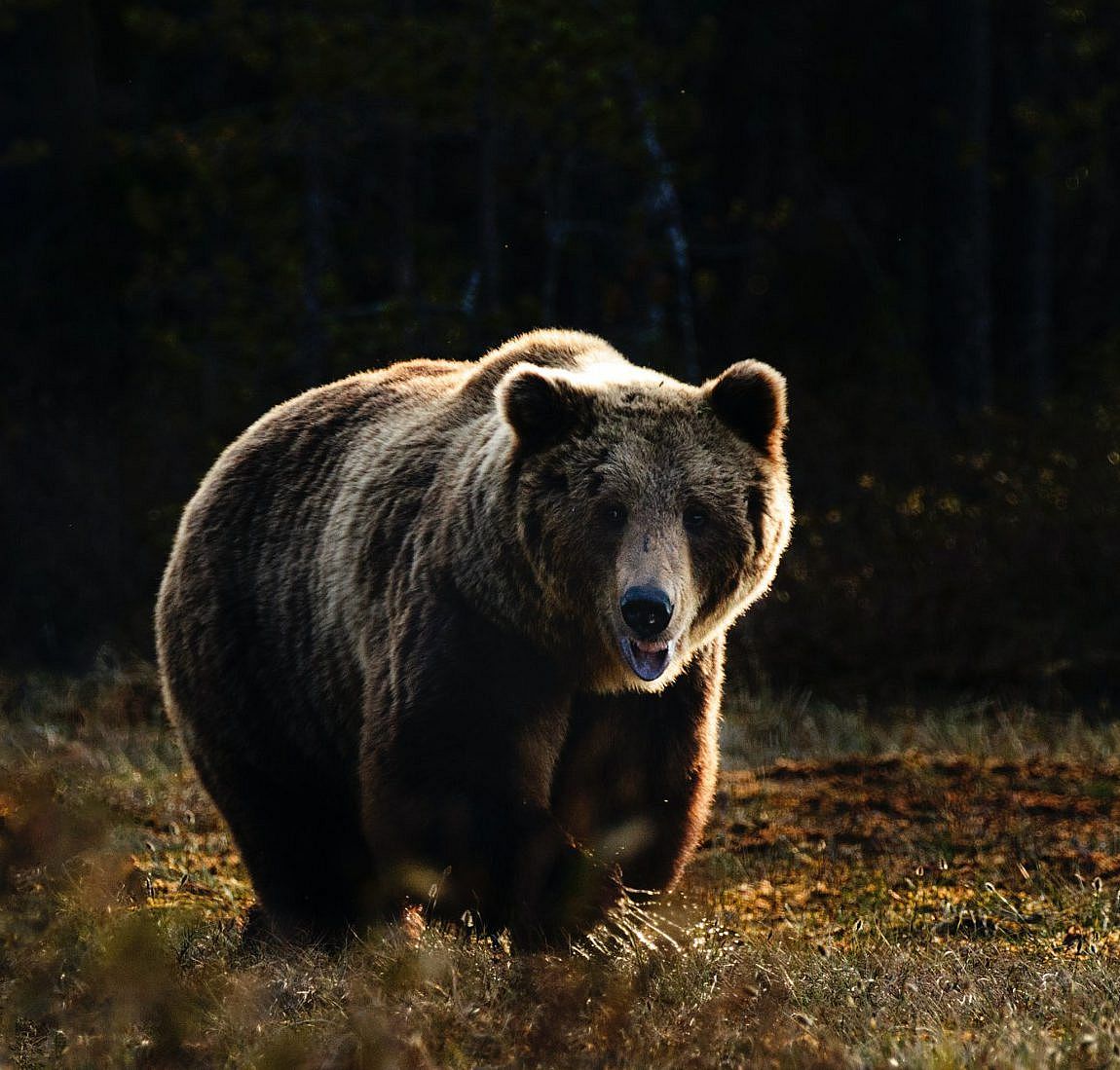
Even when taking all proper precautions, bear encounters can turn dangerous. Bears will bluff charge to scare off threats, but if their head is pointed down the charge is not a bluff. When a charging bear gets around 60 yards away it is time to deploy bear spray. Aim low to hit the low pointing head of the bear and try to avoid the spray flying back toward you.
If a bear does attack, your response should depend on species. For black bears, try to escape but if not possible fight back with anything available – aiming for the bear’s face. If a grizzly bear attacks, leave your pack on and play dead. Lying flat on your stomach with hands clasped behind your neck and legs far apart will make it harder for the bear to turn you. If possible, remain still until the bear leaves the area. If the attack continues and the bear is not losing interest, fight back using whatever is available to strike the bear’s face. If either bear species attacks your tent or is stalking you, immediately fight back.
Bear in Mind
Bear spotting can be the highlight of an adventure, getting attacked can be the disaster. Taking precautions and affording bears respect is what draws the line between the two situations. For videos on safety around bears check out this series from the Draper Natural History Museum. The Buffalo Bill Center of the West offers a Bear Aware program every Tuesday and Thursday at 10am, to brush up on knowledge or ask a US Forest Service worker questions about bear encounters. Our presenter Megan offered this advice, “Do not get close for whatever reason, selfies or videos are just not worth the risk.”
Written By
Genevieve Risner
Genevieve Risner is a PR and Marketing intern at the Center of the West. Most of her life has been spent honing the craft of storytelling, appreciating where that adventure takes her and who it connects her with along the way. In her free time, she enjoys crocheting, cooking, and exploring the charms of Cody, Wyoming.
